Bekiskapan (bay-KISS-kuh-PAHN)
The Bekiskapan were the dominant human culture during Eden’s First Age. They arrived here as refugees from Earth-665, following The Calamity which brought that iteration of reality to its end.
A militaristic matriarchy, the Bekiskapan first made a name for themselves by charging into battle wearing chain-mail bikinis. And yet, their contributions to Edenian culture stretch far beyond the ludicrous outfits they wore during combat. Their innovative sculptural techniques, unusual family structures, and famous military treatises helped to shape the world.
Sadly, after the universe rebooted at the end of the First Age, the Bekiskapan were never seen nor heard from again. The changes made to reality wiped this culture from existence. Only in Eden is there any proof that the Bekiskapan ever lived at all.
History
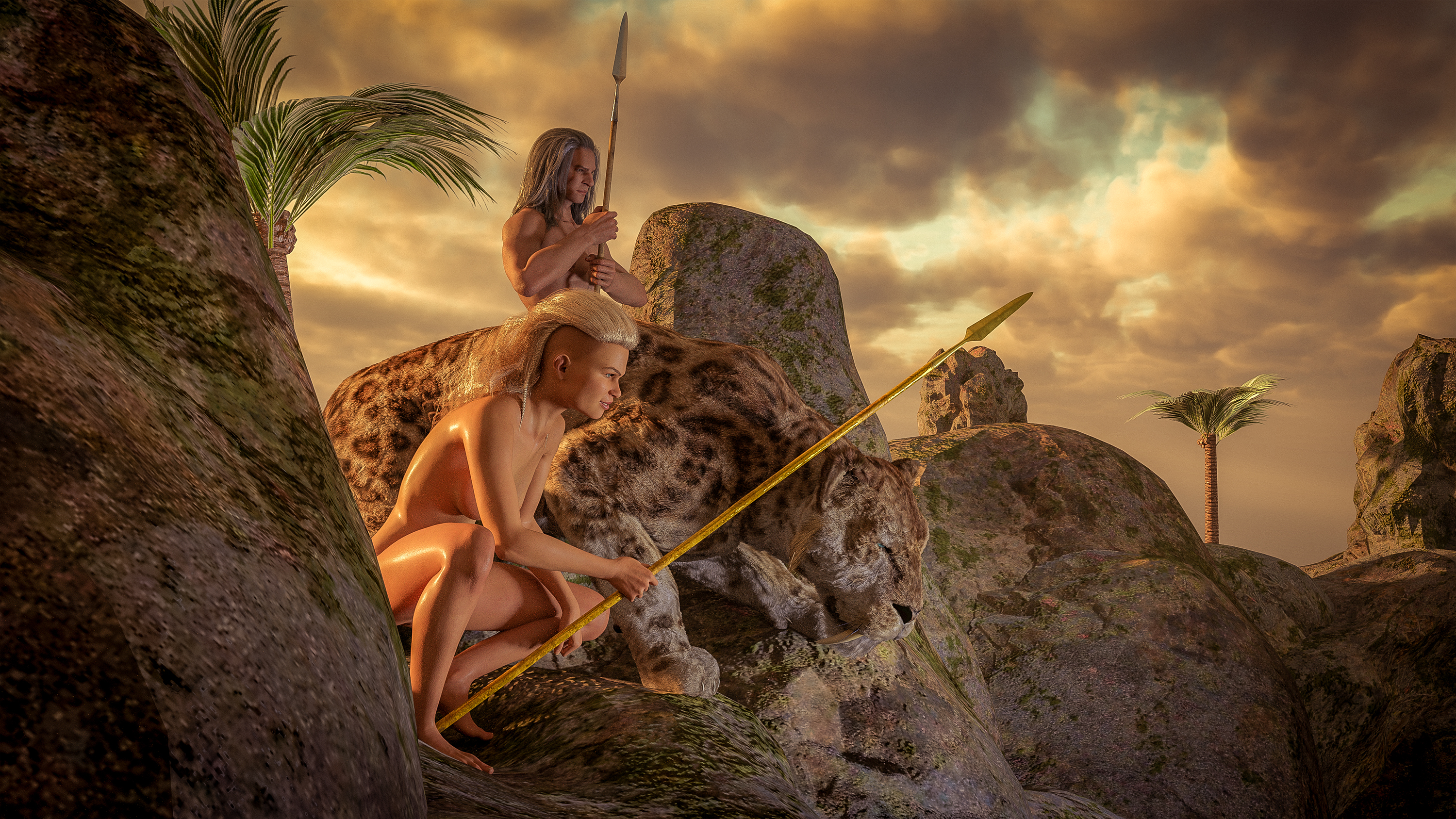
The version of Earth which gave rise to the Bekiskapan differed from the The Real World’s version of Earth in one key way. On their Earth, the Cretaceous–Paleogene extinction event never happened. This meant that human beings evolved in a world where dinosaurs still roamed the planet. This fact, plus the evolution of super-sized versions of the big cats and great apes, meant that humans had to get creative if they didn’t want to go extinct.
Civilizations first developed in the floodplains of rivers rich in temporal magic. Human beings, realizing that the apex predators of their world shied away from these waterways, built their first permanent settlements. Societies of all sorts began to evolve. And yet, it was only the Bekiskapan who unlocked the secrets of “stone skin”—the superhuman attribute which renders a Bekiska invulnerable to most physical attacks.
By covering themselves in a clay-based paint they developed by combining the earth of their homeland with water from their rivers, the Bekiskapan realized they could fight without being hurt. No blade could cut them, no arrow could pierce them, and even the effectiveness of blunt force trauma was highly reduced.
Fortunately for their closest neighbors, the early Bekiskapan were a benevolent people who prized safety and stability above expansion and war. Unfortunately for everyone the Bekiskapan would conquer later, these early neighbors liked to pick fights—and they ended up rousing the ferocious beast at the heart of Bekiskapan culture as a result.
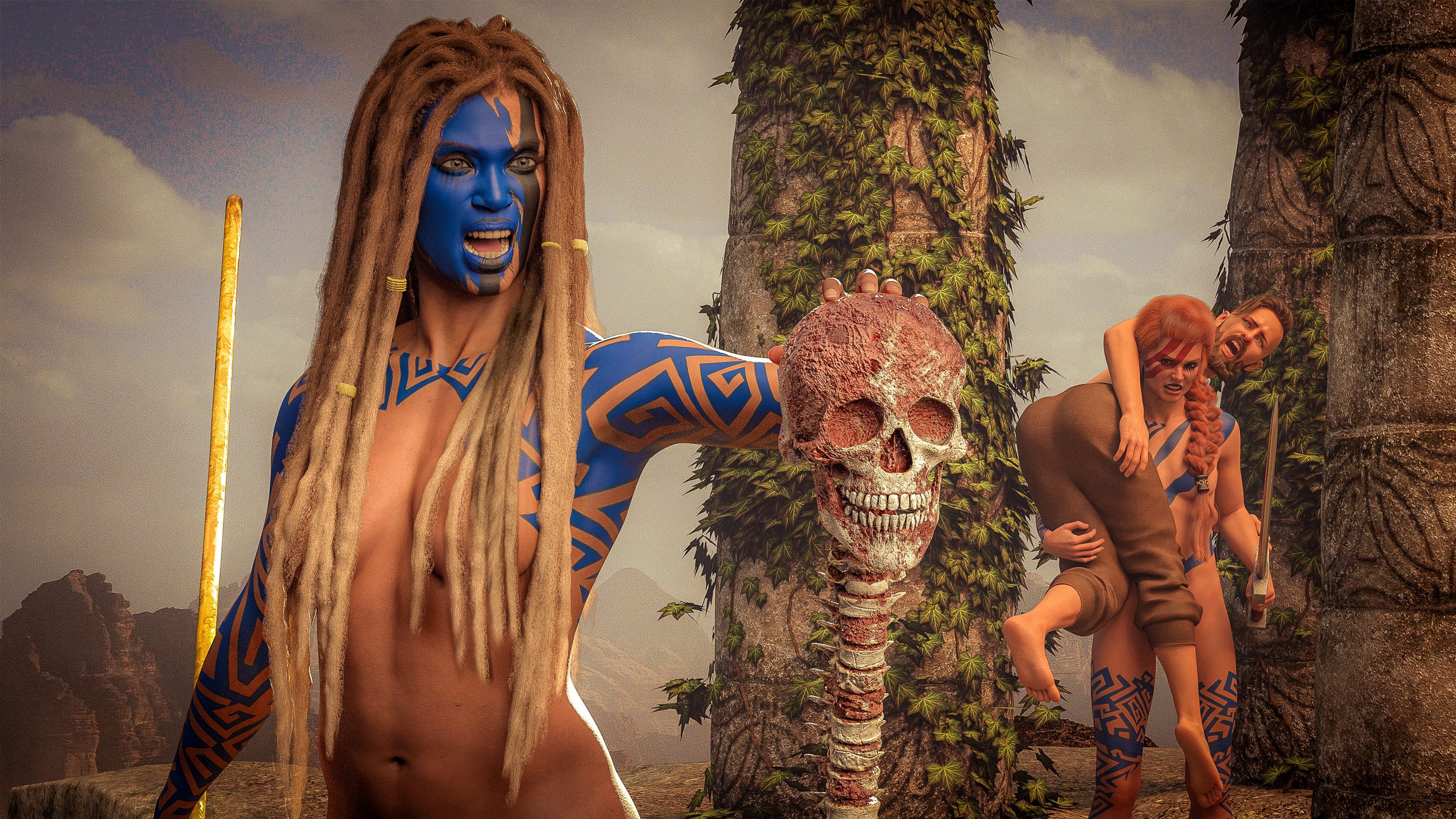
During their early conquests, the Bekiskapan dressed for battle the same way they dressed at home, which is to say they didn’t dress at all. All they needed was their body paint, so that’s all they wore. Their legendary uniform, the so-called “Bekiska Bikini”, didn’t come until later. It was only as they studied the cultures they conquered that the Bekiskapan came to understand the power of titillation to distract and overwhelm the senses. It was only as they assimilated the peoples of their growing empire that the Bekiskapan realized the advantages they might gain by wearing skimpy clothing instead of none at all.
As they expanded across the continents of their Earth, the Bekiskapan encountered few cultures who could resist them. When they did come across a people who could best them on the battlefield, that people earned the Bekiskapan’s eternal respect. Such was the case with the dimunitive halflings, a seafaring people who the Bekiskapan encountered as their reach finally extended to the coast.
The halflings made up for their short stature with overwhelming numbers and fought off the Bekiskapan every time they attempted to invade. Eventually, the invasion attempts stopped and the two cultures became allies. The Bekiskapan took dominion over the continents, while the halfling peoples kept control of the island nations and the sea.
It was a fantastic friendship, one which would endure the end of the world.
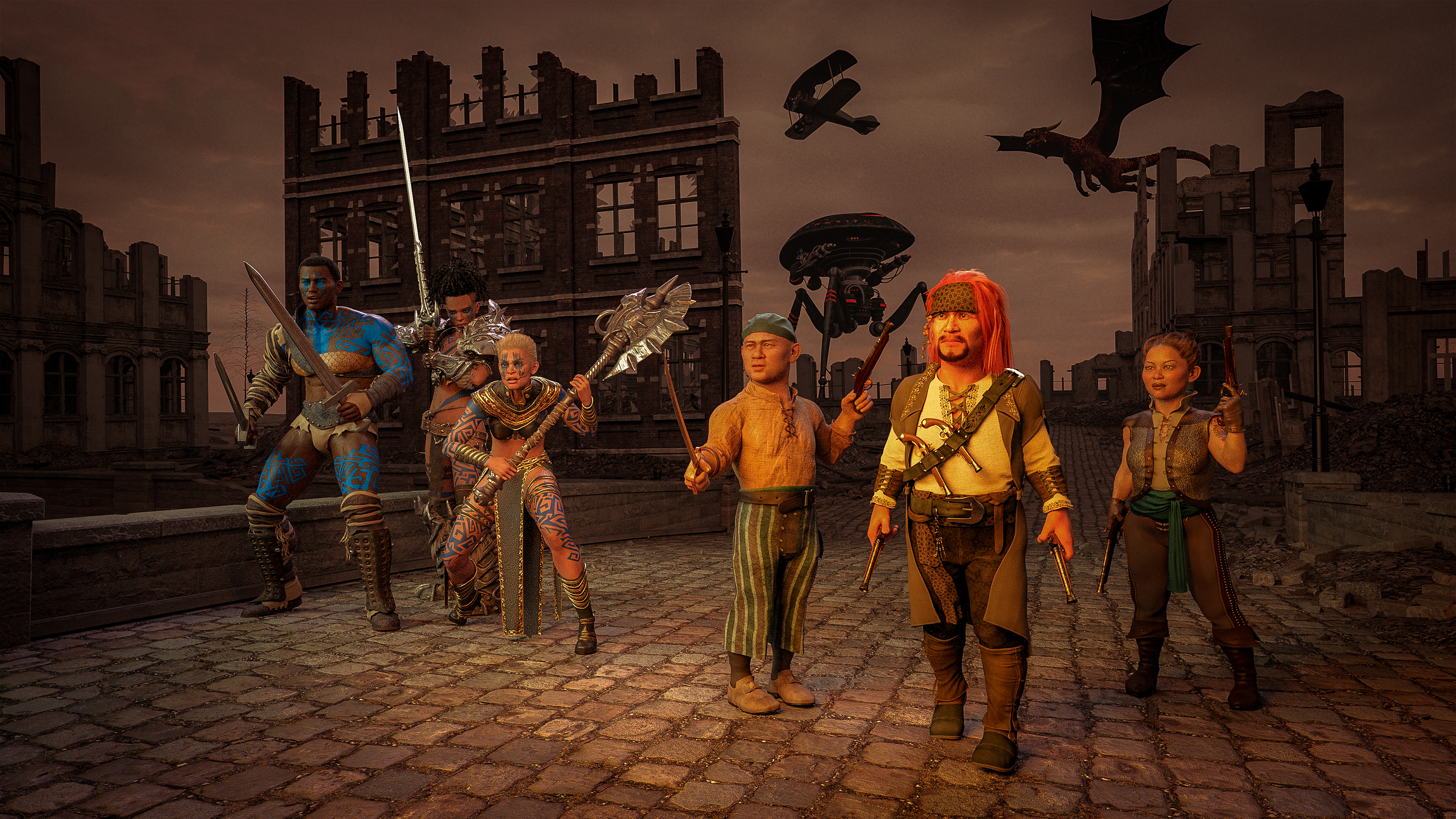
When the halflings and the Bekiskapan arrived together in Eden, they continued their partnership. This was a good thing, because they were not alone. Other cultures they had never met, from planets throughout the recently collapsed cosmos, had taken refuge in Eden as well. There were elves now to contend with, and dwarves and shape-shifting demons as well—and so many more peoples beyond that. Only through their partnership were the two surviving sapient species of Earth—the humans of the Bekiskapan and the various tribes of halflings—able to survive and thrive.
But though Bekiskapan-halfling partnership dominated the zeitgeist of First-Age Eden, the Bekiskapan hungered to return to Earth. And so, when reality was about to reboot and the halflings opted to stay in Eden as the world’s gods-appointed custodians, the partnership came to an end. Little did either people know that it would be the last they’d ever see of one another, that the factors necessary for the development of Bekiskapan culture would be written out of the next version of the universe and reality would never see their like again.
Culture
Culture and cultural heritage
The Bekiskapan were a matrilineal and matrifocal society who worshipped a triceratops deity and obsessed over the number three.
Originally a peaceful, isolationist culture, they became militaristic and expansionist out of necessity. With neighbors bent on ethnic cleansing, the Bekiskapan felt compelled to fight back—both on their own behalf and on behalf of the weaker peoples their neighbors seemed bent on destroying.

As they became conquerors themselves, the Bekiskapan made every effort to act as benevolent overlords. They believed that a conquering nation had a sacred responsibility to adapt their own culture in order to assimilate and preserve the identities of the peoples they absorbed. If they weren’t ready to do that, they had no business being rulers at all.
Their love of the number three is represented in their ideal domestic partnership (a triad), in their belief that three genders are integral to the development of a successful civilization, and in the prevalance of triangles throughout their art and architecture.
Their city in the foothills of the Melancholy Mountains still stands to this day, as pristine as it was when the Bekiskapan disappeared. For over 1,000 years, halflings have maintained the place—just in case the Bekiskapan ever return.
Shared customary codes and values
Bekisapan society was held up by the Three Truths, which remain influential in halfling cultures to this day—particularly amongst the Quadlings and the Munchkins:
- All men are of women born;
- The shield and the spear must be borne by all; and,
- Those born with balanced scales must be heeded.
All Men Are of Women Born
Kinship in Bekiskapan society was traced through the mother’s line, mothers were considered the heads of households, and female authority was respected above all else.
Women lived together, typically in groups of three, and took care of their children as a collective. Most men lived in a city or town’s barracks, where they grouped themselves together in triads as well. Some eventually went to live with their sisters and act as uncles for all the children of the house, but most stayed in the barracks for life.
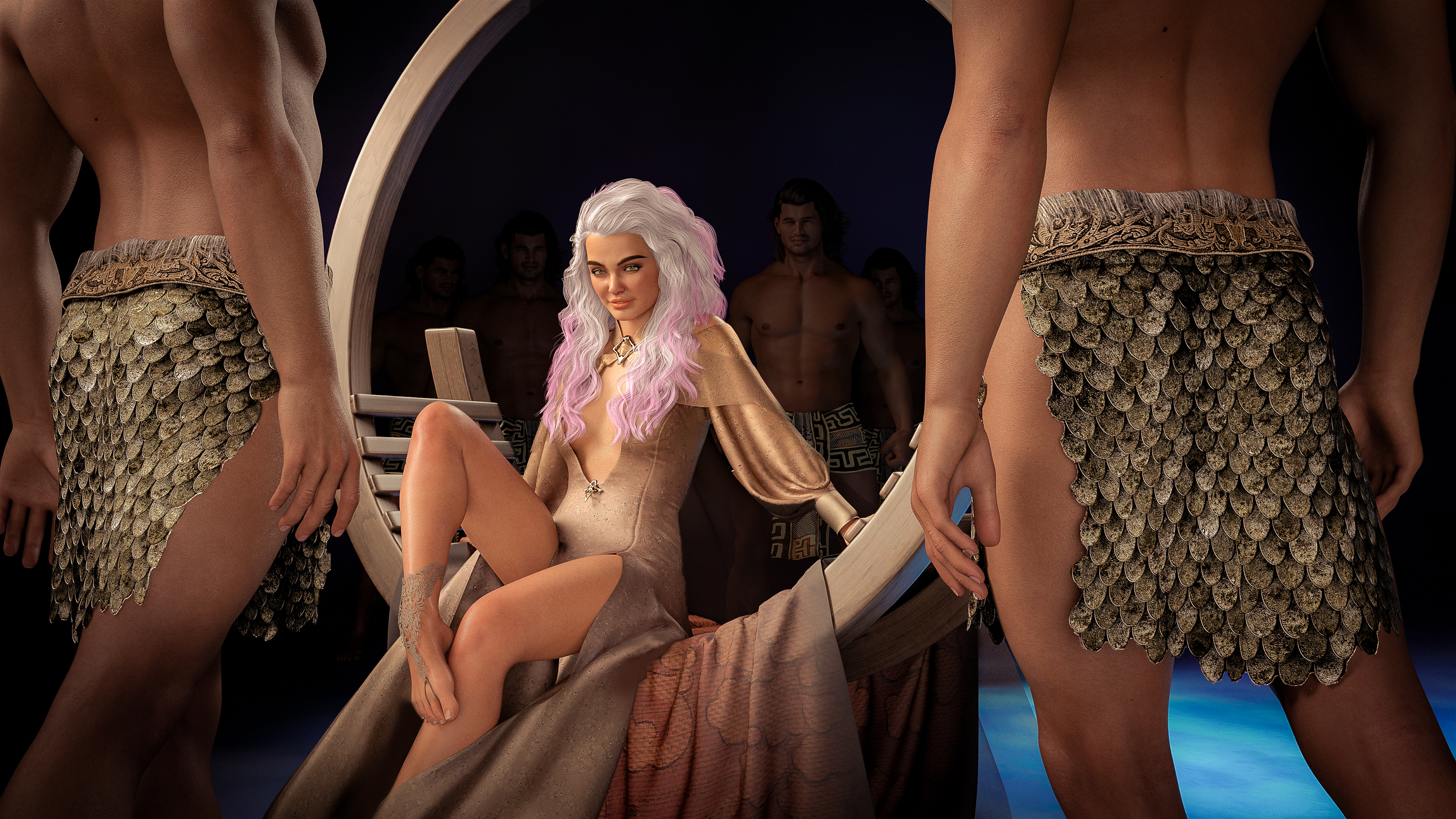
When a woman decided to pursue pregnancy, she visited the barracks to select the men she found most desirable. Whether she gathered them all together in one room or took turns hopping between their beds, it was typical for a woman to copulate with several men in one night. This reinforced the Bekiskapan principle that the identity of child’s “father” (a foreign concept to them) was unimportant.
While any man was free to refuse a woman’s request for their company, most never did. They understood the importance of their society having as many children as possible to survive. It was a dangerous world they were living in, after all, and the mortality rate was high.
The Shield and the Spear
Military service was mandatory. The number of years an individual Bekiska served was based on the number of children in their household. Nine years of service were required per family, to be split evenly between all the children of a given generation.
This led to nine children per family becoming the norm—typically three from each of the three women in a given household.
There was no weaseling out of service, nor buying your way out. Rich or poor, you served. Everyone did their duty. You were stoned to death if you didn’t.
Some chose to serve for life, particularly many of the men. Older “Lifers” were highly desirable as partners, because of all of the battles they’d survived (and the belief that their children would be just as lucky). The folks known as “Only Children” were also seen as particularly hot, given that each was the only member of their sibling group to survive their service.
Those Born With Balanced Scales
Nonbinary folks had a special place in Bekiskapan society. After their military service was complete, they were highly sought after as judges, counselors, and religious leaders. Enbies were viewed as inherently impartial and able to see things from a variety of perspectives. This is why they were said to have been born with “balanced scales,” and why their opinions, particularly on complex matters, were valued as highly as the opinions of women.
Common Dress code

Traditional Bekiskapan dress consisted of body paint and the occasional loin cloth. Care was taken to protect “the nipples and the nethers,” given their roles in the birthing and nourishing of children, but the Bekiskapan culture first evolved in warm climates and there was little need to bundle up from the cold.
When meeting with representatives from other cultures, the Bekiskapan adjusted their dress accordingly. And later Bekiskapan developed a taste for fine cloths and the feel of those fabrics against their skin. But the custom of embracing the beauty of one’s body and nakedness remained at the core of Bekiskapan culture until their eventual disappearance.
Their dress code for battle was another matter entirely. For battle, aside from the body paint which rendered their skin indestructible, Bekiskapan wore the most preposterous and over-sexualized clothing they could find or create. Scouts reported back to Bekiskapan commanders about the predilections of the culture about to be attacked, and battle garb was adjusted accordingly.
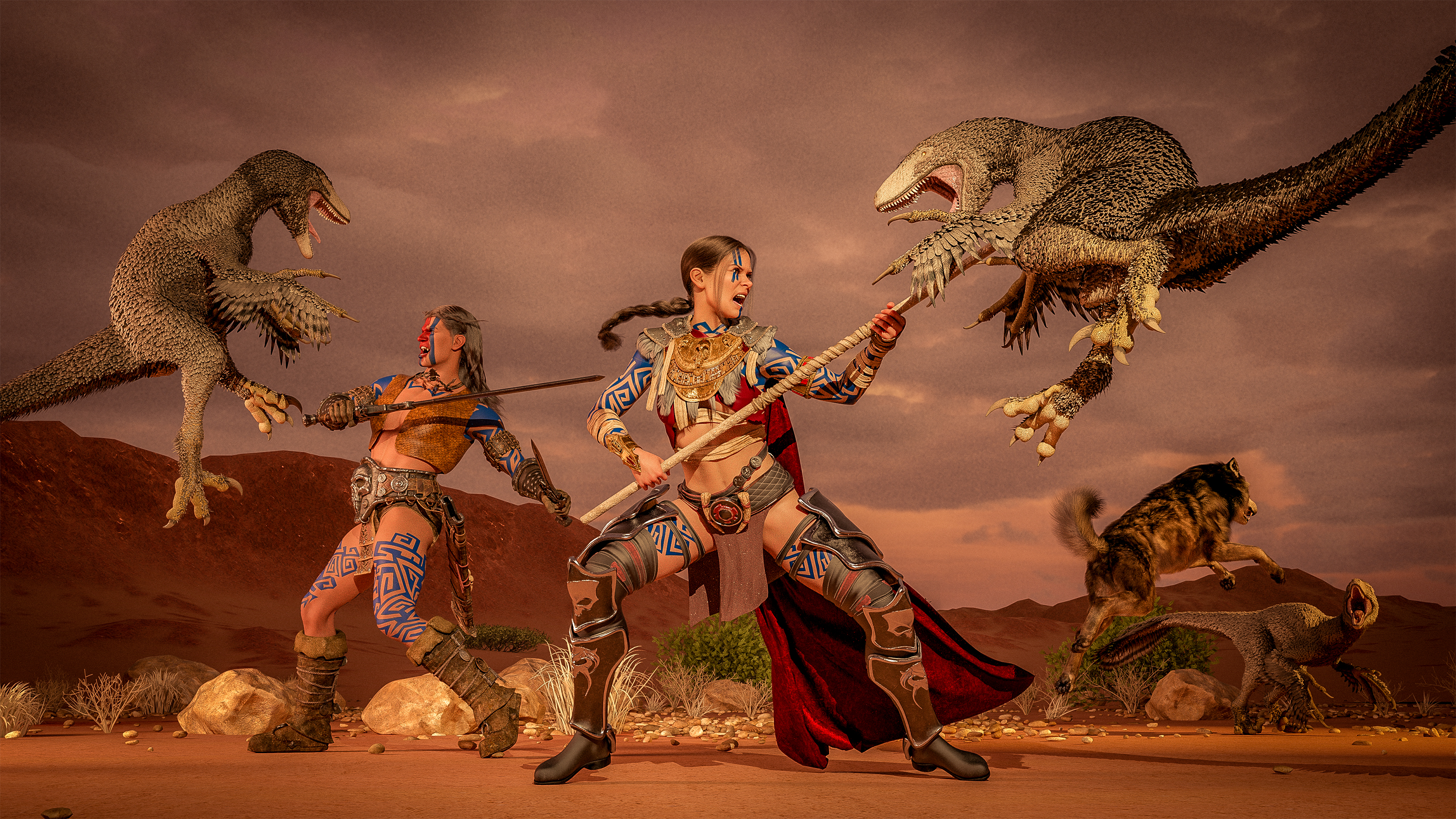
These Bekiskapan tendencies to wear as little clothing as possible went on to influence cultures throughout Eden. In particular, the Quadlings of Oz and the upper classes of Reekian society continue to dress in clothing as revealing as possible—albeit for very different reasons.
With the Quadlings, the goal is to have fewer things to take off when its time for lovemaking—and to not die from heat stroke in the hot, humid climes of Quadling Country. But with the Reekians, it’s more about testing outsiders. Though they don’t go to war nearly as often as the Bekiskapan, the Reekians rely on the same principle of distracting an opponent with titillation in order to see what they’re made of—and whether they’re worth dealing with at all.
Art & Architecture
Even centuries after their disappearance, Bekiskapan sculpture remains a favorite of art students and afficianados the world over. Examples can be found in the Edenian Athenæum, the Green House, and in museums across the world.
The innovative Bekiskapan technique began with the careful removal of body paint after battle and the enchantment of that paint to retain the shape of the person who’d worn it. From there, Bekiskapan sculptors carved likenesses from marble and attached the enchanted paint over top of the stone. The result was typically a stunning representation of the model in question.
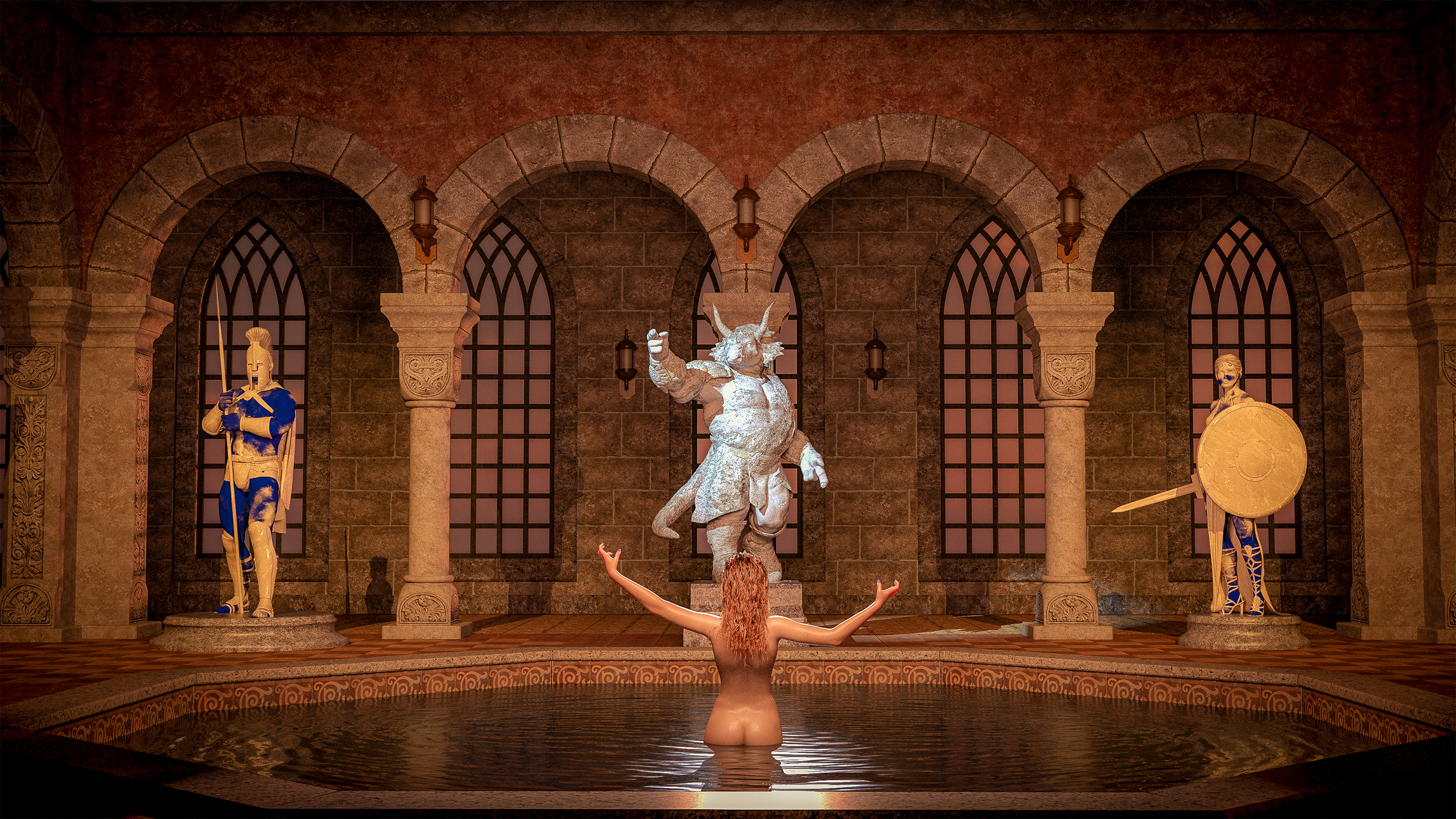
Though many attempts have been made over the millennia to replicate the Bekiskapan process, none have been successful. As with the science behind their body painting techniques, the knowledge required to create a traditional Bekiskapan sculpture has been lost to history.
Birth & Baptismal Rites
Bekiskapan children give up a possession to each newborn sibling as a “thank you” for decreasing the number of years they will have to serve—for lightening the load, as it were.
Coming of Age Rites
When a Bekiska reached the age of maturity, a celebration was held to commemorate their first application of body paint and the beginning of their military service.
Funerary and Memorial customs
Cremation was the Bekiskapan standard for the disposal of bodies. They burned instead of burying because there were lots of big animals around and they didn’t want their honored dead being dug up and eaten.
Common Myths and Legends
The foundational myth of the Bekiskapan involves the Three-Horned Goddess guiding her chosen people out of the harsh wilderness and to the safety of the riverbank where they would establish the first city. Whether there is any truth behind this story was a matter of fierce debate between theists and atheists, but it should be noted that herbivores like the triceratops were observed to be less apprehensive than carnivores about about approaching magical waters that gave rise to the Bekiskapan culture.
Historical figures
The greatest military mind the Bekiskapan ever produced was famed general Kester Thidos, a woman who re-enlisted after giving birth to her only daughter as a way of reducing the years of military service required of the child. Thidos wrote a treatise called The Art of Adaptive Warfare which is still taught in Edenian military academies to this day, and which was a favorite of Abraham the Honest—and instrumental, he said, in his de-escalation of the Nunyan Civil War.
Ideals
Beauty Ideals
Extreme physical fitness was valued in the young, as that attribute was seen as invaluable in preparing a person to defend their people. That said, thicker and curvier bodies—especially in the more mature population—were seen as a sign of prosperity. And body shaming of any sort was seen as the ultimate taboo. The Bekiskapan believed that, given how hard staying alive was on their version of Earth, “to be alive is to be respected, no matter the shape.”
Hair on the head was traditionally kept short whilst in the midst of one’s military service, though it might be grown out for a particular military campaign if the civilization being attacked was likely to be distracted by gorgeous, flowing locks.
Hair on the body was practically non-existent until after a person’s time in the army was complete. Folks wanted to avoid the problem of hairs getting caught in their armor or stuck in their body paint. As a result, hair under the arms or on the genitals was seen as a sign that one was ready to get on with the business of procreation.
Gender Ideals
The feminine ideals were strength and decisiveness, the masculine ideals were supportiveness and detachment, and the genderqueer ideals were adaptability and restraint. Women were expected to lead, men to follow, and enbies to be rational and observant.
Relationship Ideals
The romantic triad was seen as the healthiest possible relationship. Relatedly, the relationship between a person and their partners was expected to be equal in all ways; if one pillar fell, the Bekiskapan believed, the whole family would fall with it.
Sexual relationships between women and the men they chose to breed with were expected to be physically satisfying but free of long-term attachment.
The relationship between a man and his partners in the barracks was similar to the relationship between women in the home, with three being seen as the optimal military unit size to build upon. Unlike in a two-person couple, a man who lost one partner would still have one to lean upon during the grieving process.
Long-term intergender relationships were never illegal per se, but were frowned upon as leading toward unhealthy attachment.
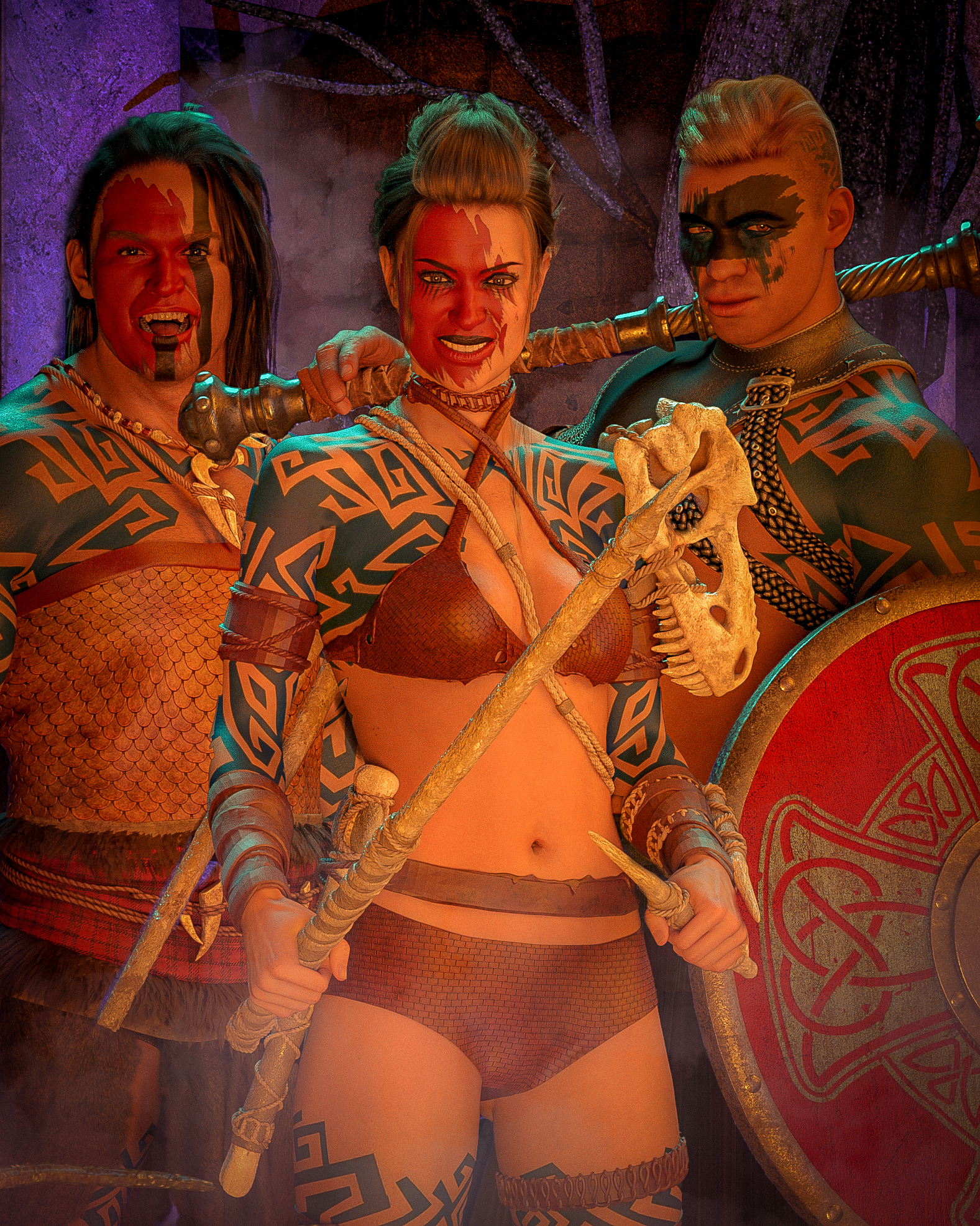


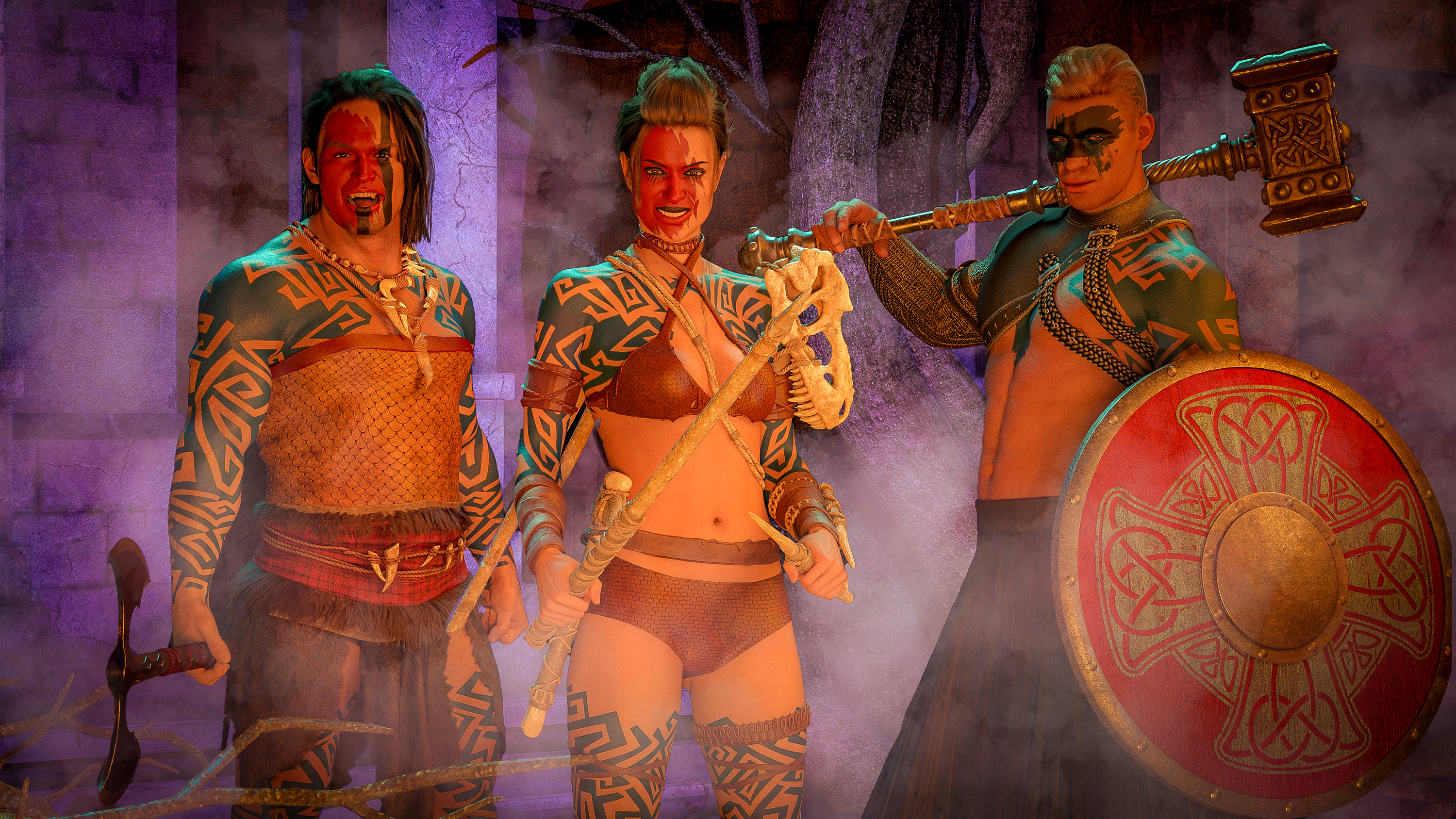




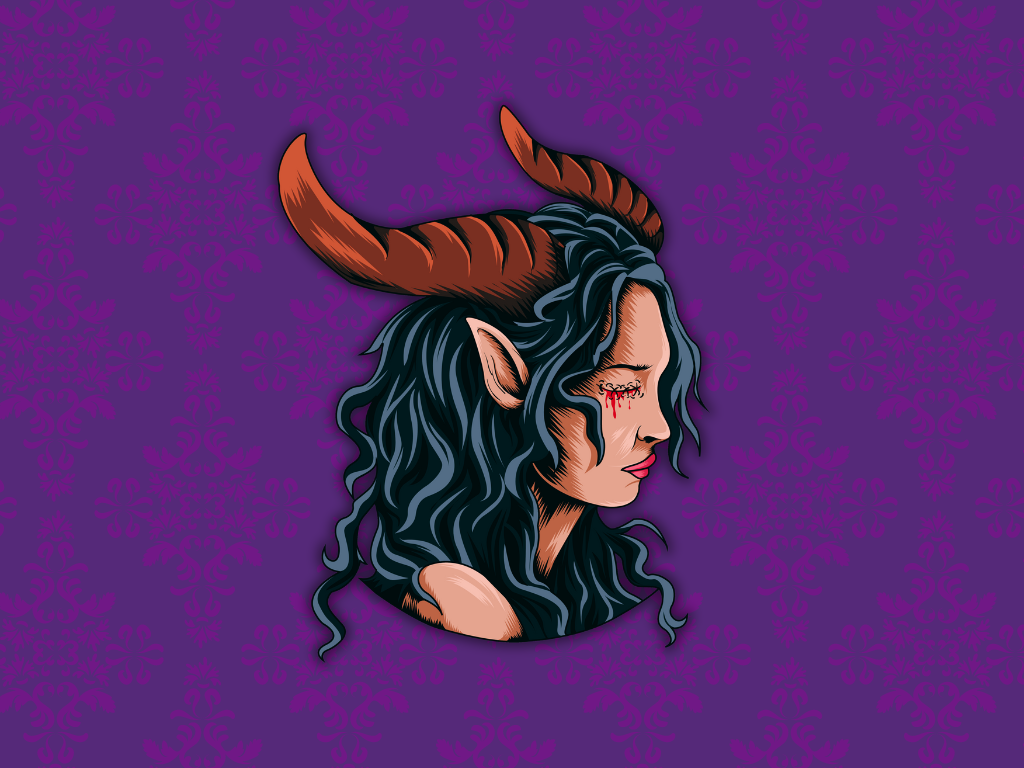
This was great and OMG that Evolution pic! Ok, I fell outta my chair laughing. AWESOME
PANGORIO
andHYPNOSIUM
I am so glad you enjoyed it. This was such fun to put together. And, like I said in the Author's Note above, I couldn't have done it without you and the rest of the Twitch chat peeps.